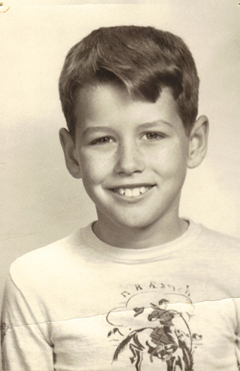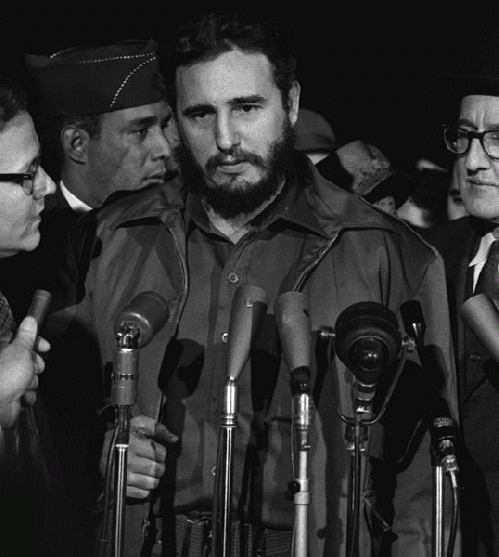Over the last seven months, John Little has posted at OpEdNews his remarkable review of the book � ���"Fidel Casto: My Life: A Spoken Autobiography� �� � by Ignacio Ramonet. John's review was composed of twenty installments, progressing through the book, chapter by chapter. This is my brief review of the first 230 pages of the book, followed by links to John's series of reviews here at OEN.*
Text of my review:
The First Section of this review is an introduction to Chapters 1 through 9 of the book. Following the First Section, the Second Section consists of four questions which Ignacio Ramonet asks Castro and Fidel's answers to them. These questions and answers concern occurrences within Cuba after the triumph of the Revolutionary War on December 31, 1959, and prior to April 17, 1961.
First Section and Introduction.
The most impressive thing
to me about the first nine chapters of Ramonet's book is how understandably
Castro conveys the fact that the Cuban Revolutionary War eschewed terrorism
(defined as executing captured, non-uniformed combatants or using random
violence against civilians). Fidel
considered such terrorism immoral, but more to the point, he considered it
immoral because unnecessary. Terrorism would have been highly
counter-productive where the soil for revolution vis-Ã -vis the imperialistic United States was seeded more widely and far
earlier than in Vietnam, for
example -- where the Vietcong did employ terrorism in a war against an invasion
by America essentially
indistinguishable from its unprovoked attack on Iraq in 2003.
Similarly, Fidel invoked Che Guevarra's medical skills (and those of other
revolutionary soldiers as the revolution gained momentum) to treat wounded
Batista soldiers on the battlefield, once the non-fatally wounded revolutionary
soldiers were evacuated or cared for. And not infrequently, these cared-for
Batista forces, after returning to health, joined the revolutionary forces in
the war against Batista.
Chapter 1 is an introduction by the book's author, and it should be read first
and carefully by anyone largely ignorant of the facts regarding Cuba since
1953, which is to say by 99.9% of all living Americans. Chapters 2 through 4
concern Fidel's childhood and growing political awareness, before 1953. Then
after a brief philosophical diversion in Chapter 5, The Backdrop of the
Revolution, Chapters 6 through 9 mainly describe the revolutionary war in Cuba from July
26, 1953, to December 31, 1959. These four chapters are simply riveting, and no
one can read them withou t astonishment at how close, twice, Fidel and his
inner core of revolutionaries came to being wiped out. But finally and most
important for non-Cubans interested in understanding the Cuban Revolution,
Chapters 6 through 9 hammer home the fact that the revolutionary war was just
that: A War. And as such, it was an exercise in military, to repeat military,
genius and leadership on Fidel's part and on the part of his soldiers.
The Second Section is composed of four of the questions Ramonet asks Fidel, and
Fidel's spontaneous, enlightening, and
highly characteristic replies.
THE DEMONSTRATION
EXECUTIONS. Q. When the war ended, you and your followers had promised to bring
to trial and eventually put to death members of Batista's repressive forces,
and you created 'revolutionary tribunals' that carried out a purge that many
observers characterized as excessive. Do you think that was a mistake? (p 220.)
(Note: You can view every article as one long page if you sign up as an Advocate Member, or higher).






